
This article looks at the different types of marking and coding techniques used in the pharmaceutical supply chain and their role in helping to prevent counterfeiting.

This article looks at the different types of marking and coding techniques used in the pharmaceutical supply chain and their role in helping to prevent counterfeiting.
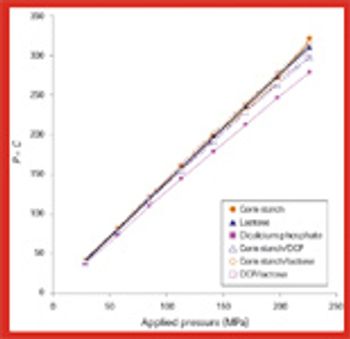
The survival of Bacillus subtilis spores in dicalcium phosphate, lactose, and corn starch and in their binary mixtures depends on the compressional properties of these materials and on parameters involved during the tableting process, including compression speed.

At Convention 2005, USP's constituents ratified resolutions to continue and expand USP's international activities.
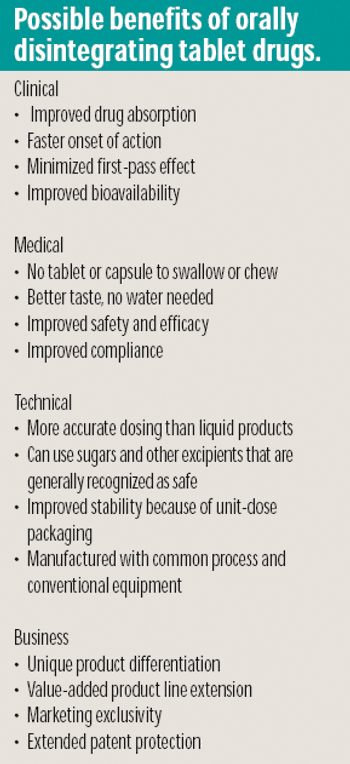
This review article discusses orally disintegrating tablets and their manufacturing technologies, development issues, and future trends.

Performing D-value and population verification is critical in the acceptance criteria for allowing a new lot of biological indicators into a facility before acceptance and use of the lot in validation work or routine monitoring of sterilization cycles.
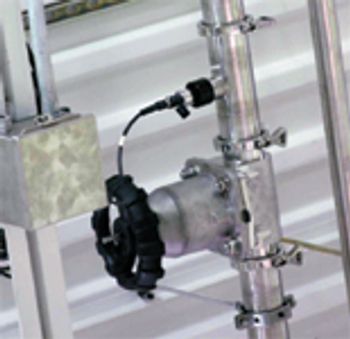
Guidance for reducing the risk of dissolved ozone measurement and addresses proper installation, calibration, and verification to ensure the best possible answers from dissolved ozone analysis.
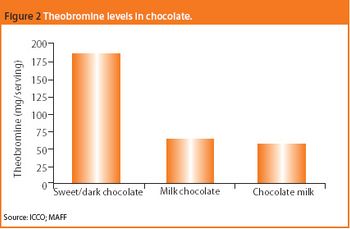
Could compounds in chocolate yield new pharmaceutical approaches to major disorders?

All sectors of manufacturing are under continual pressure to bring new products to market quicker, stealing a march on the competition and maintaining their revenue stream.

Pellets are a multiparticle, solid form of medication. The individual pellets are almost spherical with diameters usually between 100 and 2000 ?m.
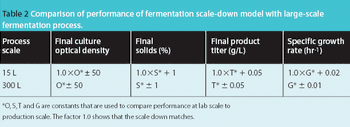
Creation and qualification of scale-down models are essential for performing several critical activities that support process validation and commercial manufacturing. As shown in Figure 1, these activities include process characterization and production support studies that are performed to evaluate column and membrane lifetimes, demonstrate clearance of host-cell impurities and viruses and troubleshoot manufacturing issues. While the underlying fundamentals are relatively the same as those when scaling up, some unique considerations should be taken when scaling unit operations down.4

The pharmaceutical sector is a billion dollar industry with a huge responsibility towards its customers and investors. The main tools for fulfilment of this responsibility are ensurance of compliance and maintenance of control. It is a time-consuming job to uphold these responsibilities, and many important decisions regarding this subject are taken every day. It is important to make carefully considered decisions and follow them up. It is also essential to stop once in a while and reconsider their validity and relevance.

Implementing a PAT Strategy

Human plasma provides a rich source of therapeutic medicines, including gamma globulins, coagulation factors, albumin, alpha anti-trypsin and others. In 2001, sales of immuno gamma-globulin (IgG) were estimated at $2 billion with a production rate of 50 metric tons for the year.1 A number of therapeutic products have been introduced including Gammimune from Bayer, RhoPhylac from ZLB Behring and Octagam from Octapharma.

Clean rooms are areas in which it is essential that microorganisms are not allowed to proliferate because they could contaminate pharmaceuticals and directly affect human health.

The manufacturing process used for an API’s production is a crucial factor determining its quality.

Although physicochemical preformulation screening is practised universally within the pharmaceutical industry, physicomechanical screening is applied to a lesser extent and often only where a problem exists.

Baselines are one of the most useful tools in the 'validation toolbox'. They can be used for a variety of tasks with great success. This article will examine how they can be used and for what.

There are over 250 operations in the EU in various stages of development involving tissue engineering, regeneration and subsequent attempts at commercialization.

The type of robot used for placing and stacking the BFS cards is important. Conventional multi-axes designs have limited flexibility, often combined with high inertia that limits operating speeds.

Though dissolution testing has been under scrutiny, it is still a powerful test method.

This article discusses the advantages and disadvantages of using solid-state NMR spectroscopy for the analysis of pharmaceutical solids.

Extractable and leachable issues should be resolved early in the drug manufacturing process. Open communication is imperative for a successful study.

There is a rapidly growing ageing population that requires sophisticated medical devices and newer drugs. This is likely to result in an increase in the use of robotics to improve manufacturing efficiency. This article looks at the role of SCARA robots in pharmaceutical plants and laboratories.
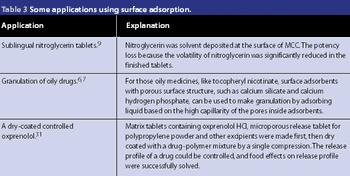
Applications of adsorption of small drug particles at the surface of large excipients were introduced, and different factors affecting adsorption process were discussed and summarized. Several examples of adsorbing drugs to excipients to increase dissolution rate were exhibited in this article.

The medical industry was the first to understand the benefits of using disposable devices, such as needles and syringes, to prevent risks of cross contamination. The technology was then extended to blood transfusion activities, and it was only 10–15 years ago that the biopharmaceutical industry started to use disposables. Initially, most of the applications were limited to storage, involving bags, tubing and filter capsules. Since then, significant progress has been made in the polymer and plastics industry; in particular, a number of organic polymers have been developed that are resistant to gamma irradiation, autoclaving and even sterilization-in-place, rendering the technology attractive and usable by the biopharmaceutical industry. Now, the industry is moving beyond storage-focused disposable technologies to more complex processing applications.